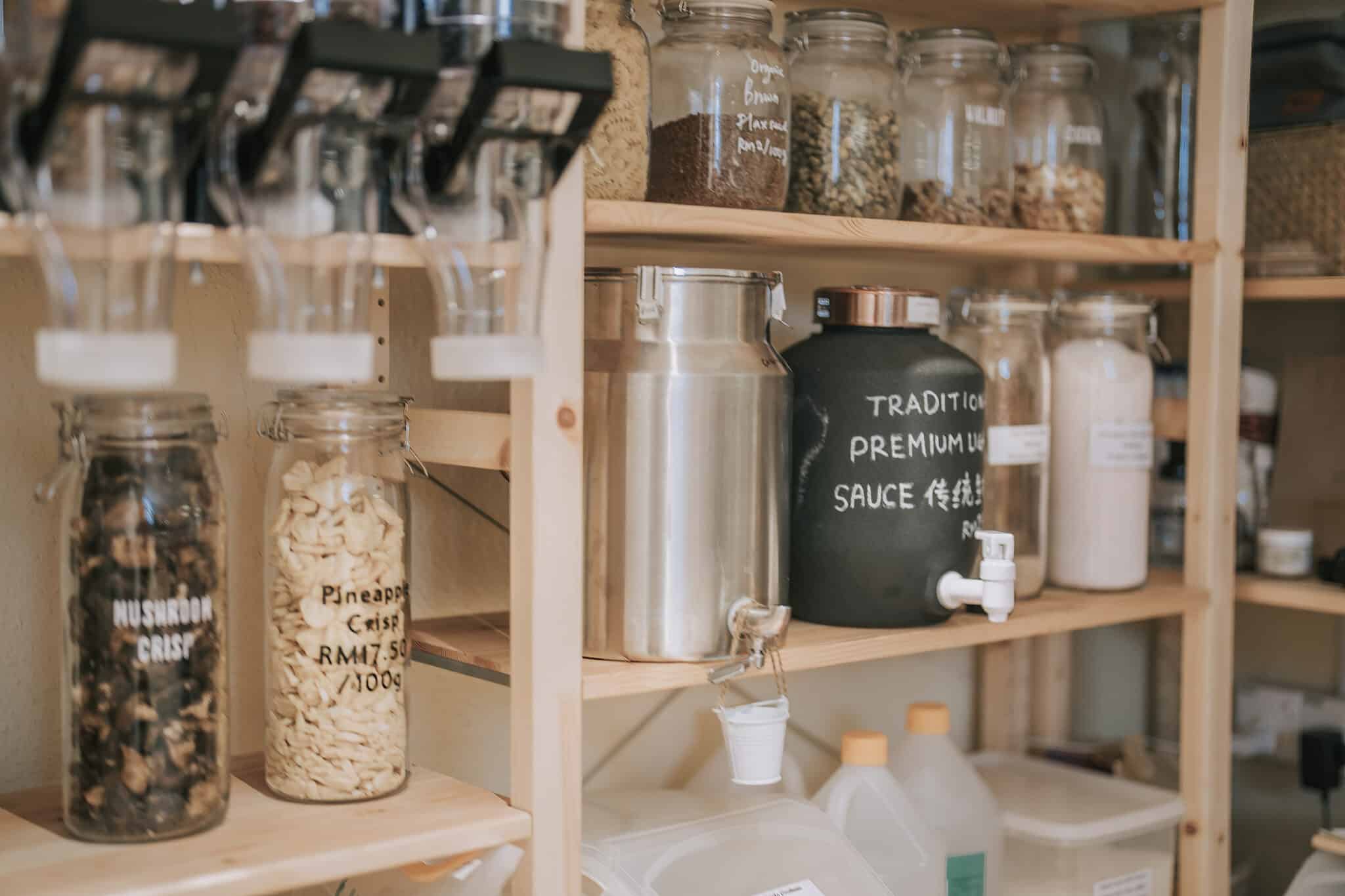
Let’s be honest. The idea of a perfectly curated, Instagram-ready zero-waste kitchen can feel… overwhelming. Where do you even start? The good news is that going zero-waste isn’t about perfection. It’s a journey. It’s about making better choices, one reusable container at a time. And honestly, it all begins with getting your kitchen organized.
A well-organized space makes sustainable choices the easy choice. When you can see your bulk beans, your reusable produce bags are within reach, and your containers have a proper home, you’re set up for success. This isn’t about buying a bunch of new stuff; it’s about working smarter with what you have. Let’s dive into how to structure your kitchen for a life with less waste.
The Zero-Waste Mindset: It’s a System, Not a Style
Before we talk about where to put your jars, we need to talk about the philosophy. A zero-waste kitchen operates on a few key principles: refuse, reduce, reuse, and rot. Your organization should support this cycle. It means creating a dedicated spot for composting, making reusable items more accessible than their disposable counterparts, and setting up your pantry so you actually use what you buy.
Conquering the Pantry: Your First Line of Defense
The pantry is ground zero for food waste. How many half-used bags of pasta or forgotten lentils have you discovered buried in the back? A transparent, well-ordered system is your best weapon.
Ditch the Packaging, Embrace the Jar
The classic image of a zero-waste pantry—rows of beautiful glass jars—is actually incredibly practical. It’s not just an aesthetic. Using clear, uniform containers (mason jars, repurposed pasta sauce jars, whatever you have) allows you to:
- See what you have at a glance. No more buying a third bag of rice because you didn’t see the first two.
- Prevent pantry pests by sealing out weevils and moths.
- Keep food fresher for longer by creating an airtight seal.
- Shop in bulk with ease, which is often cheaper and generates significantly less packaging waste.
Don’t feel you need to go out and buy a matching set. Start by washing and saving glass jars from pickles, sauces, and jams. It’s the ultimate reuse project.
The “Eat Me First” Station
Designate a specific shelf or basket for food that’s nearing its expiration date or leftovers that need to be eaten. This simple visual cue for your kitchen organization prevents so much good food from being forgotten and ultimately tossed. It’s a game-changer.
Revolutionizing the Fridge and Freezer
Cold storage is where produce goes to die if we’re not careful. But with a few tweaks, you can extend the life of your groceries dramatically.
How to Store Produce (The Right Way)
Not all veggies are created equal. Some like it cold and damp, others dry and cool. Getting this right is a huge step toward reducing waste.
| Produce | Best Storage Method | Pro Tip |
| Leafy Greens (lettuce, kale) | In a sealed container with a dry cloth or paper towel to absorb moisture. | Wash and dry thoroughly before storing. |
| Herbs (cilantro, parsley) | Trim stems, place in a jar with water (like a bouquet), and loosely cover with a bag. | Keep them on a door shelf—they’re sensitive to cold. |
| Carrots, Celery | Submerged in water in a sealed container. Change water every few days. | They’ll stay crisp for weeks this way! |
| Mushrooms | In a paper bag in the fridge. Never in plastic—they’ll get slimy. | Brush off dirt; don’t wash until ready to use. |
| Onions, Garlic, Potatoes | In a cool, dark, dry place (NOT the fridge). A basket in a cupboard is perfect. | Keep potatoes and onions separate; they spoil each other faster. |
Freezer Freedom: Your Food Time Machine
Your freezer is a zero-waste powerhouse. It’s the ultimate pause button for food. The key to zero-waste kitchen organization here is labeling. Honestly, you will not remember what that frozen lump is or when you put it there.
- Use masking tape and a marker on reusable silicone bags or containers.
- Write the contents and the date. “Vegetable Scraps – 10/26” or “Bananas – for smoothies”.
- Freeze items flat in bags first (like leftover tomato paste, pesto, or broth) before standing them up like files. This saves a ton of space.
The “Unpaper” Goods and Cleaning Supplies
This is where you really start to cut down on recurring waste. The goal is to make the reusable option the most convenient one.
Swapping Disposables for Reusables
Store your reusable items where you’d normally reach for the disposable version.
- Paper Towels: Cut up old t-shirts or towels into “unpaper” towels. Store them in a basket on the counter or under the sink. Have a dedicated bin nearby for used ones until laundry day.
- Plastic Wrap: Beeswax wraps or silicone bowl covers are fantastic alternatives. Keep them in a drawer right next to your food storage containers.
- Produce Bags: Hang a few reusable produce bags right on your grocery tote or near your keys so you never forget them.
DIY Cleaning Station
Instead of a parade of plastic bottles under the sink, create a simple cleaning kit. A couple of glass spray bottles, some microfiber cloths, and a few basic ingredients (vinegar, baking soda, Castile soap) can handle almost any job. It’s cheaper, creates no plastic waste, and you know exactly what’s in your cleaners.
Making Your Systems Work for You
Alright, you’ve got the ideas. But how do you make it stick without losing your mind? Here’s the deal: start small.
- Audit Your Trash. What are you throwing out most? Food scraps? Packaging? Paper towels? That’s your starting point.
- Pick One Zone. Maybe it’s just the pantry this month. Or just setting up a compost bin. Don’t try to overhaul everything in a weekend.
- Use What You Have. Before you buy a single new organizer, look around. That old mug can hold utensils. That cardboard box can be a temporary bin divider. Get creative.
- Label Everything. It seems fussy, but it works. It helps everyone in the household get on the same page about where things go.
The rhythm of a low-waste kitchen isn’t found in perfection. It’s in the slight mess of a jar collection, the scribbled labels on freezer containers, and the small victory of a week with only one bag of trash. It’s a quiet, persistent kind of change—one organized drawer at a time.







